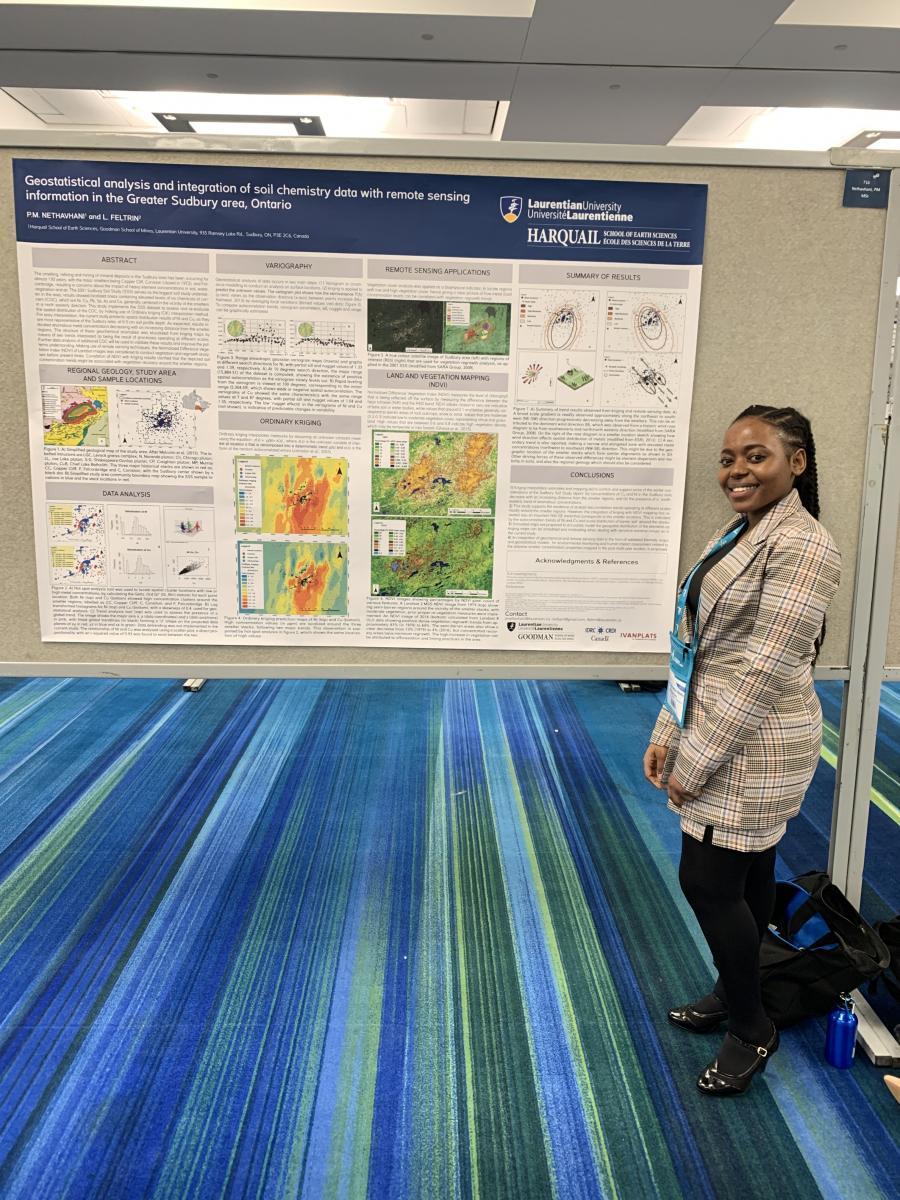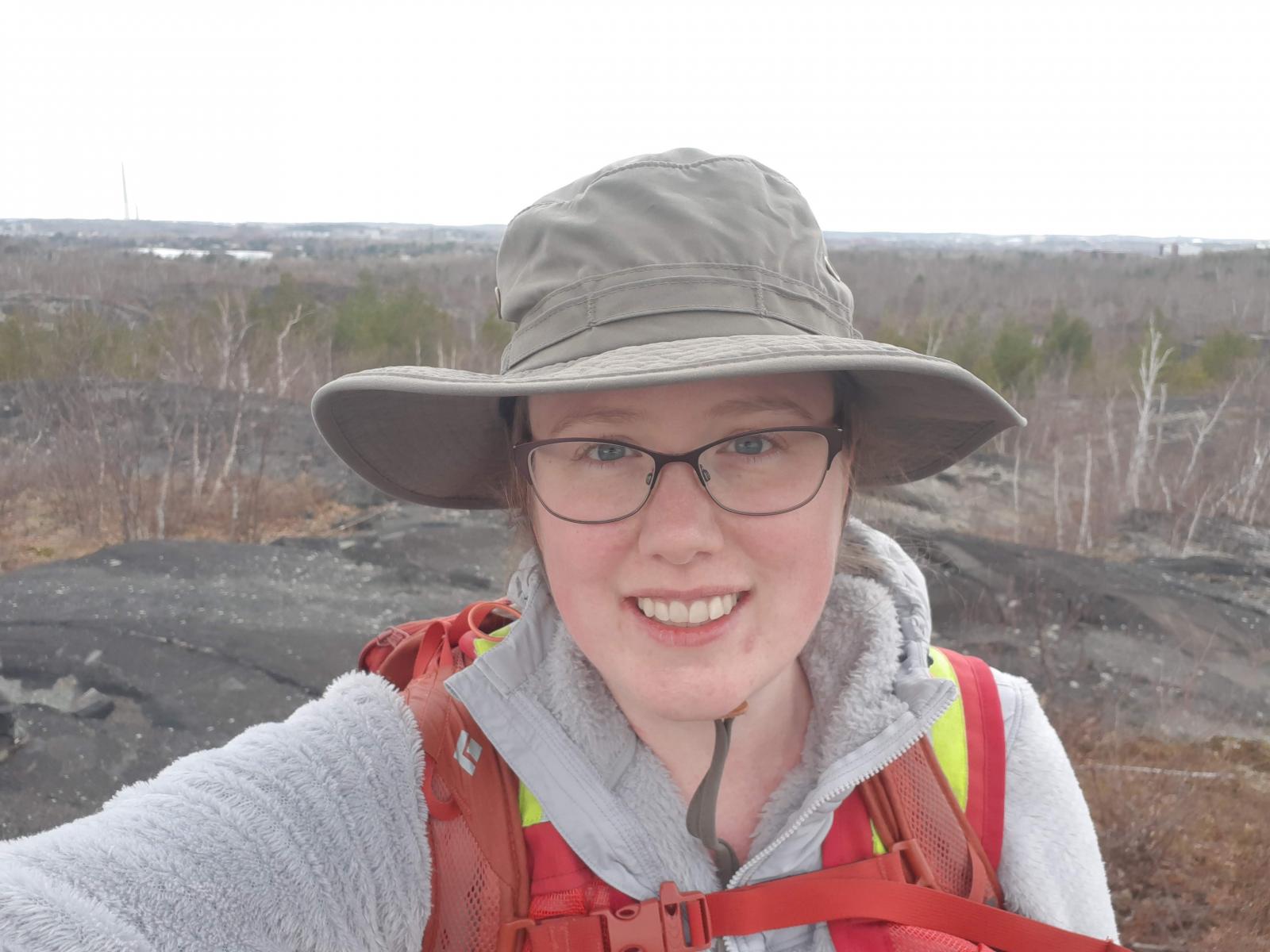A defining feature of Sudbury is its establishment within the Sudbury Basin, an impact crater formed almost 2 billion years ago. Earth science researchers at Laurentian University have access to unique geologic structures formed by this impact for field and laboratory research, allowing them to ask questions about our Earth that can only be answered here in Sudbury.
However, there are other universities around the globe that are unique in their own right, with curious young researchers seeking to learn, explore, and answer those questions. Harquail School of Earth Sciences at Laurentian University recognizes the importance of collaboration between institutions and geoscientific disciplines. To accelerate research and discovery and improve education for future scientists and industry leaders, they have cultivated partnerships and relationships with universities around the globe, such as the University of Western Australia and the University of Limpopo in South Africa.
In 2015, Laurentian partnered with the University of Limpopo in South Africa, in collaboration with Invanhoe Mines, to build the geoscience education, research, and training capacities at the University of Limpopo.
Francisca Maepa is a PhD candidate in Mineral Deposits and Precambrian Geology at Laurentian University, whose project is co-supervised by Laurentian’s Dr. Richard Smith and Dr. Abera Tessima of the University of Limpopo. Maepa is developing maps of prospective sites for gold deposits in Northern Ontario’s Swayze greenstone belt and Matheson area using machine learning algorithms and data integration.
Maepa has received the Queen Elizabeth Jubilee Diamond Scholarship, funding from the Goodman School of Mines and Ivanhoe Mines, and the International Development Research Centre for her PhD research on gold deposit exploration.
Phathutshedzo Molly Nethavhani (pictured below) is completing her masters at Laurentian University in geology as part of this collaboration as well.
 Nethavhani says, “My research is funded by the International Development Research Centre (IDRC) in Canada, Ivanplats mines (South Africa) in partnership with Goodman School of Mines, and Laurentian University…I was awarded this scholarship through this collaboration while studying at the University of Limpopo.”
Nethavhani says, “My research is funded by the International Development Research Centre (IDRC) in Canada, Ivanplats mines (South Africa) in partnership with Goodman School of Mines, and Laurentian University…I was awarded this scholarship through this collaboration while studying at the University of Limpopo.”
By investigating the distribution of copper and nickel traces in Sudbury’s soil, Nethavhani aims to shed more light on how mining activities impacted soil contamination and expand on the results from the 2001 Sudbury Soil Study, the most extensive soil study that was conducted in the Sudbury area.
Nethavhani and colleagues hope to improve regrowth programs by mapping the location and quantity of metal contaminants and pollutants in Sudbury, and correlate this with their understanding of vegetation regrowth trends. They also hope to develop models that might help pinpoint locations for future soil sampling programs.

Rebecca Montsion (pictured on the right) is pursuing a joint PhD in Mineral Deposits and Precambrian Geology with the University of Western Australia and Laurentian University as part of the Metal Earth project, alongside her supervisors, Drs Stéphane Perrouty, Mark Lindsay, Mark Jessell, and Ross Sherlock.
“The partnership has opened many doors that would otherwise be closed to me. My supervisory committee is diverse, which allows me to improve my research through varied perspectives. Also, I have gained access to collaborations and consortiums that would otherwise be unknown to me.”
During her masters in Earth Sciences at the University of Ottawa, Montsion participated in the Frank Arnott Award Challenge, a geoscience challenge aimed at fostering collaboration between geoscientists, for which her group project won first place.
Aimed at multidisciplinary exploration, this challenge inspired Montsion to pursue further research to develop new techniques to improve mineral exploration. By integrating geoscientific data and knowledge, Montsion is developing 3D geological models and developing and testing statistical and artificial intelligence tools to improve our understanding of the Earth’s crust.
“At each stage, I try to use statistical or computer-based techniques to improve geological knowledge, make exploration more rigorous, reduce human bias, and estimate various aspects of uncertainty.”
Montsion hopes that by integrating the use of multi-disciplinary data into mineral exploration, methods will also become cheaper and more effective.
The collaboration between Laurentian University and the University of Western Australia has offered the support and collaborations that allow Montsion’s research to be multidisciplinary within and outside geoscientific fields.
On her joint degree with the University of Western Australia and Harquail School of Earth Sciences at Laurentian University, Montsion says, “The partnership has exposed me to, literally, a whole new world of possibilities and collaborations that I have already improved my research.”
Collaboration is critical for research and innovation. We are proud that our partnerships and collaborations with academic institutions and industries allow our graduate researchers to solve unique problems and propel our understanding of the Earth forward.